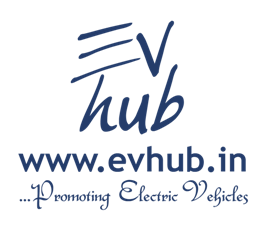Gujarat’s electric two-wheeler maker Electrotherm India Ltd(EIL) is looking to acquire Illinois based lead acid battery manufacturer Firefly Energy. The US-based company has already filed for bankruptcy in March. EIL owns the popular electric scooter brand ‘Yobykes’.
“Yes, negotiations are in a very advanced stage with Firefly. It makes electric batteries, and is a suitable acquisition target for us as there are significant synergies. The company has already filed for bankruptcy in the US,” confirmed a highly placed source in the company. However, he refused to divulge details on the probable deal size, but Electrotherm could be purchasing Firefly’s assets.
Firefly has a loan of over $6 million with PNC Bank. Peoria City and County are the guarantors for the loan who are now moving forward with an agreement to allow Electrotherm to buy Firefly’s assets including its patents for batteries. Sources in Electrotherm said that they are cautiously optimistic that a deal would work out whereby EIL would be able to acquire Firefly’s assets.
Read full news @ http://www.evhub.in/news/285#285

